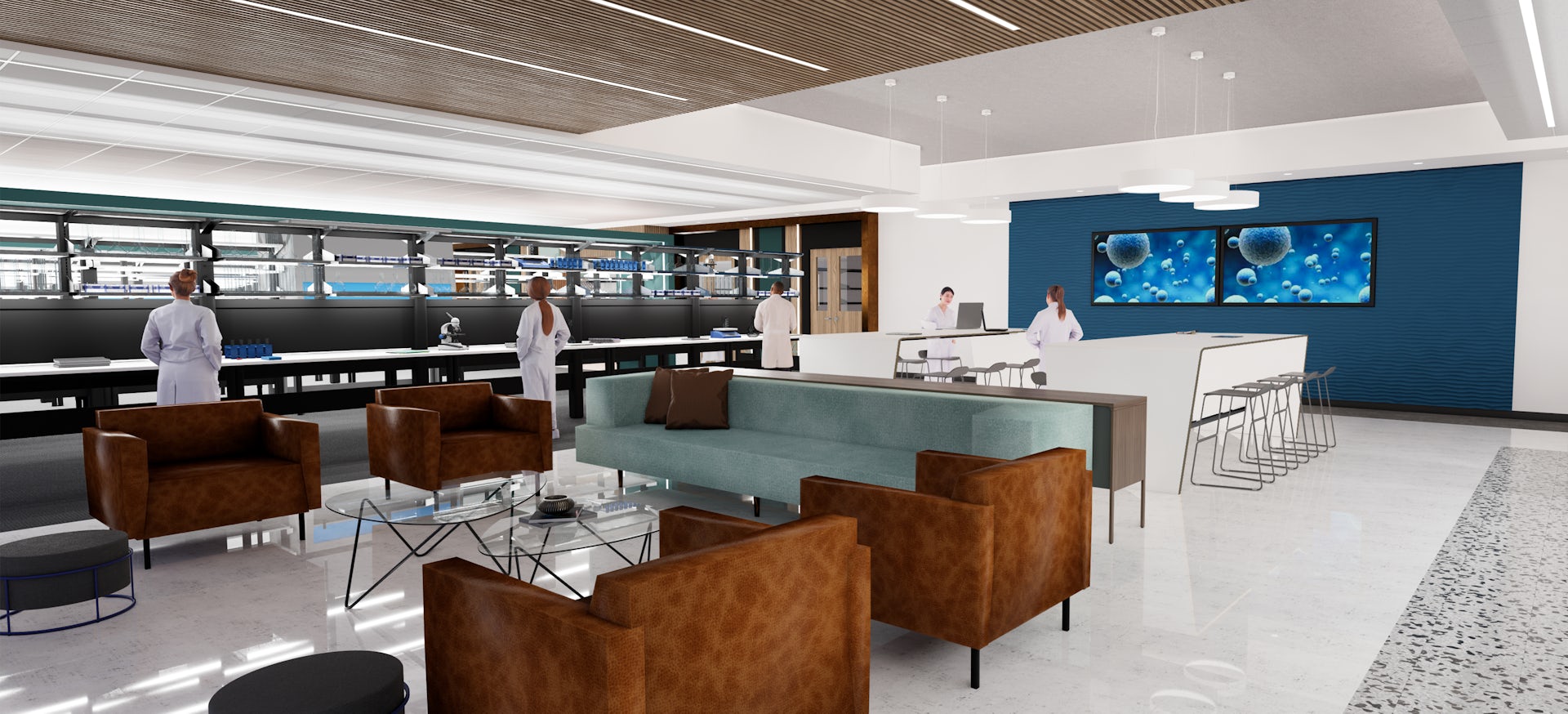By Olivia Lueckemeyer
The following is excerpted from Bisnow.
The trend of converting office buildings to apartments has generated a lot of buzz, but a growing need for more lab space in DFW could also present an opportunity to revive defunct real estate.
A record number of office-to-lab conversions is underway in the U.S., comprising about a third of the life sciences construction pipeline and 12.5M SF, according to CBRE.
The work is mostly concentrated in major hubs like Boston and San Francisco, but in Dallas-Fort Worth, several companies are exploring the possibility of conversions as a means of addressing rising office vacancies while also making space to grow the region’s burgeoning life sciences ecosystem. …
Building out lab space can be up to three times more expensive than what it costs for office, which is why an investigation of the space prior to signing a lease is critical, said Teresa Rodriguez, managing director of interiors at LPA, a design firm specializing in adaptive reuse and life sciences.















